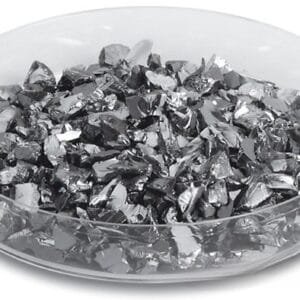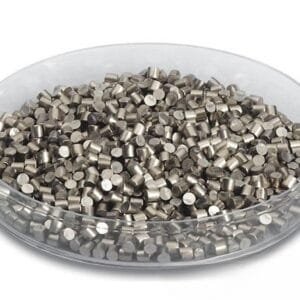Graphite Evaporation Materials Description
High-purity graphite evaporation materials are essential for achieving superior results in deposition processes, ensuring the production of high-quality deposited films. TFM specializes in manufacturing graphite evaporation materials with purity levels reaching up to 99.999%. We employ rigorous quality assurance procedures to ensure the reliability and performance of our products.

Graphite Evaporation Materials Specifications
| Material Type | Carbon |
| Symbol | C |
| Color/Appearance | Black, Non-Metallic |
| Melting Point | 3652 – 3697 °C |
| Boiling Point | 4200 °C |
| Density | 2.267 g/cm3 |
| Thermal Conductivity | 140 W/m.K |
| Coefficient of Thermal Expansion | 7.1 x 10-6/K |
| Comments | E-beam preferred. Arc evaporation. Poor film adhesion. |
Graphite (C) Evaporation Materials Applications
Graphite is utilized in various deposition techniques, including semiconductor deposition, Chemical Vapor Deposition (CVD), and Physical Vapor Deposition (PVD). These processes are critical for producing high-quality thin films and coatings. Additionally, graphite is used in optics for applications such as wear protection, decorative coatings, and display technologies.

 MSDS File
MSDS File



Reviews
There are no reviews yet.